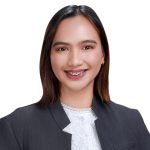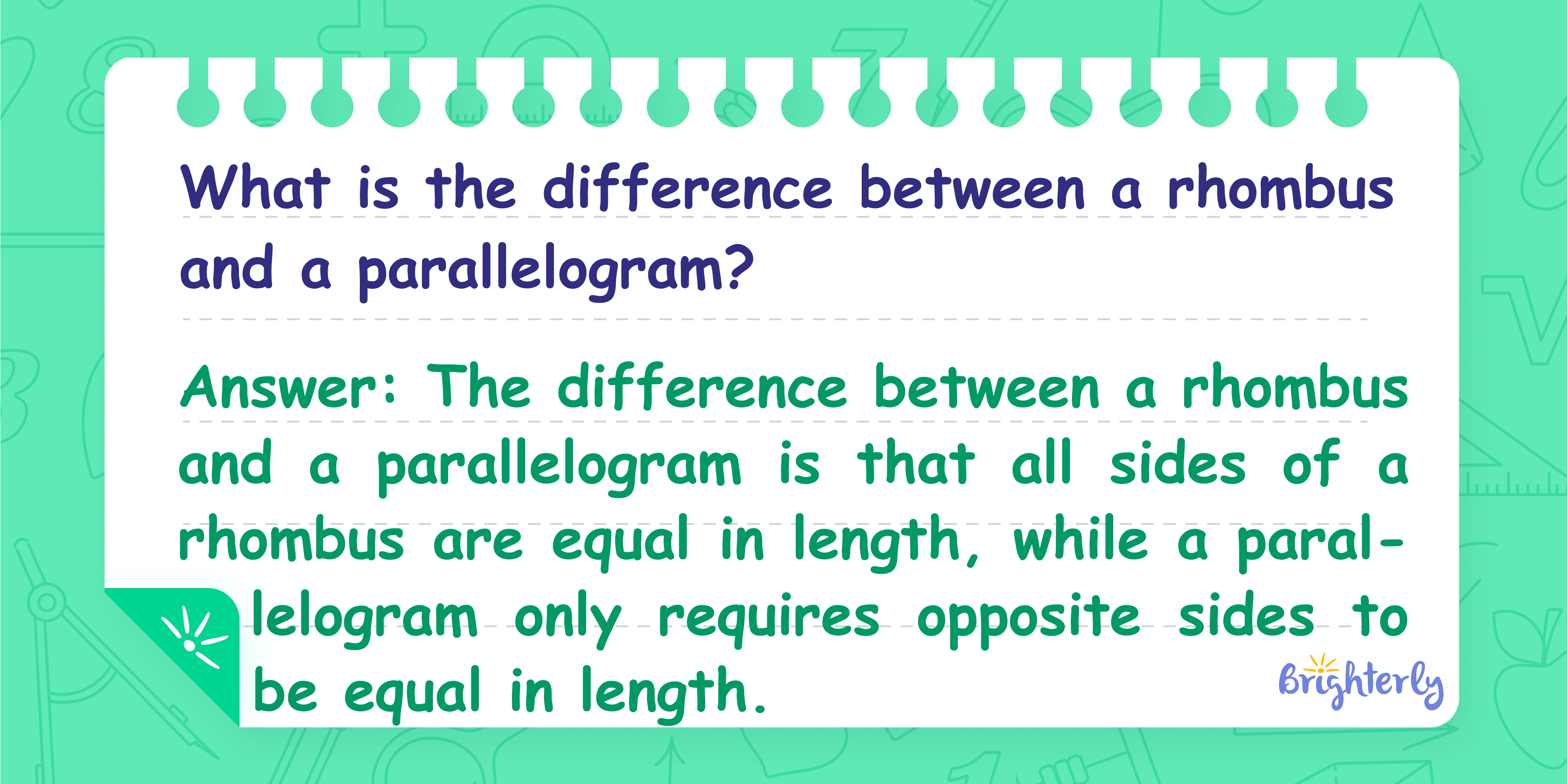
Reviewed by Phoebe Belza-Barrientos
What is the difference between a rhombus and a parallelogram?
Answer: The difference between a rhombus and a parallelogram is that all sides of a rhombus are equal in length, while a parallelogram only requires opposite sides to be equal in length
Rhombuses and parallelograms are both special types of quadrilaterals in geometry. While every rhombus is a parallelogram, not every parallelogram is a rhombus. Understanding the differences between the two can help in recognizing their properties and solving related math problems.
Methods
Math Tutor Explanation Using Definitions
By examining the definitions of a rhombus and a parallelogram, we can clearly see what makes each shape unique.
Step 1: Step 1: Define a parallelogram as a quadrilateral with both pairs of opposite sides parallel and equal in length
Step 2: Step 2: Define a rhombus as a parallelogram with all four sides equal in length
Math Tutor Explanation Using Properties Comparison
Comparing the key properties of both shapes highlights their distinctions.
Step 1: Step 1: List the properties of parallelograms, including opposite sides being equal and opposite angles being equal
Step 2: Step 2: List the properties of rhombuses, noting that they include all parallelogram properties plus that all sides are equal and diagonals bisect at right angles
Step 1:
Step 2:
Math Tutor suggests: Discover More About Shapes and Their Properties
Explore more questions on geometry to deepen your understanding of different shapes and how they compare to one another.
FAQ on Rhombuses and Parallelograms
Is every rhombus a parallelogram?
Yes, every rhombus is a parallelogram because it has both pairs of opposite sides parallel.
Can a parallelogram have all sides equal without being a rhombus?
No, if all sides of a parallelogram are equal, it is classified as a rhombus.
What is a key property of the diagonals of a rhombus?
The diagonals of a rhombus bisect each other at right angles (90 degrees).
How are the angles in a parallelogram and rhombus different?
Both have opposite angles that are equal, but in a rhombus, adjacent angles are supplementary and all sides are the same length.
Is a square a rhombus or a parallelogram?
A square is both a rhombus (all sides equal, diagonals bisect at right angles) and a parallelogram (opposite sides parallel).


